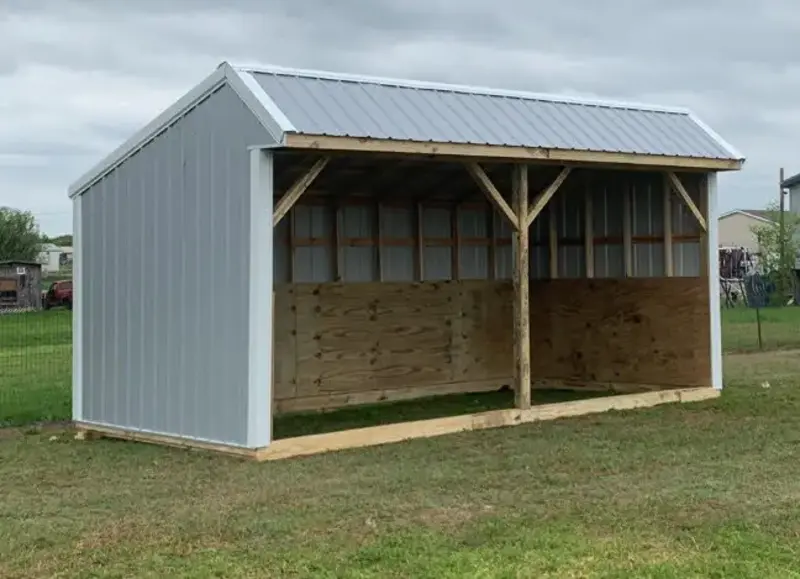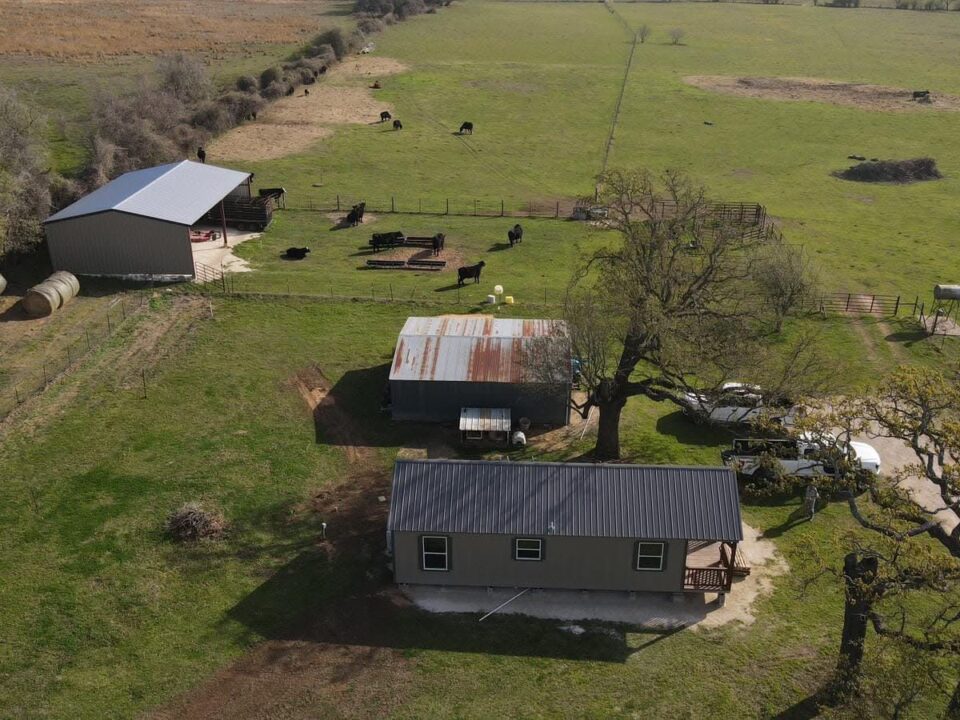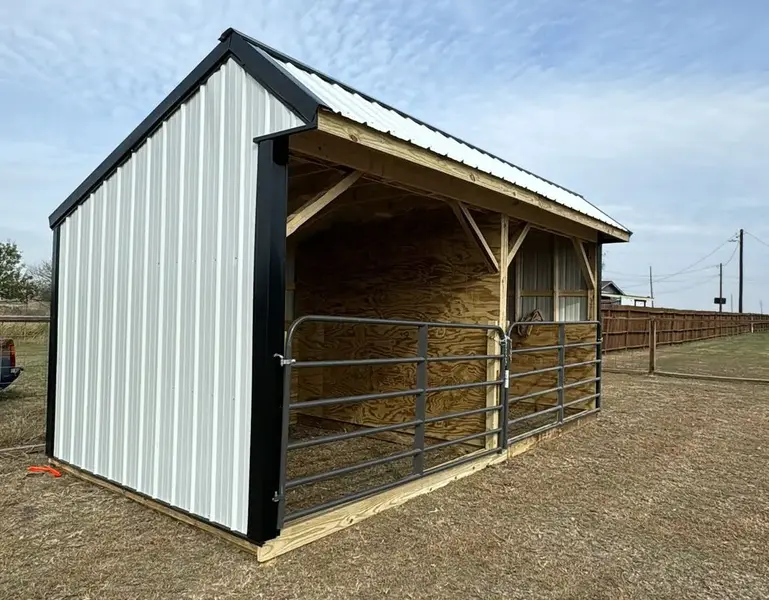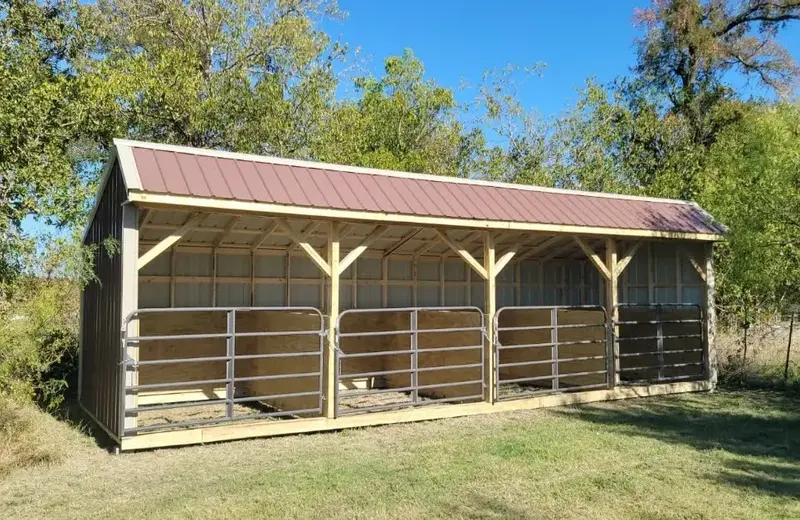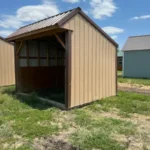
🐴 Why a Loafing Shed is a Smart Investment for Your Property
May 28, 2025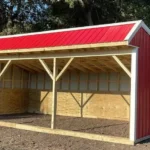
What Makes Wolf Valley Animal Shelters Stand Out from the Competition
May 30, 2025🛠️ How to Maintain Your Animal Shelter: Tips for Longevity and Durability
An animal shelter isn’t just a structure—it’s a daily safeguard for the animals you care for. Whether you’re housing horses, goats, chickens, or dogs, your shelter stands between them and the elements. So it makes sense to protect the building that protects them.
At Wolf Valley Buildings, we build shelters designed to last. But just like anything exposed to sun, wind, and rain, your structure will go the distance only if you give it the care it deserves. 💪🐾
In this guide, we’ll walk you through simple, effective maintenance tips that keep your animal shelter clean, strong, and functional—season after season.
Why Shelter Maintenance Matters
Think of your animal shelter like a hardworking partner. It takes the brunt of the weather, absorbs daily wear and tear, and supports the health of your animals. Without regular upkeep, even the strongest shed can start to show signs of stress.
Proper maintenance means:
Longer lifespan for the structure
Better animal health through cleanliness and protection
Fewer repairs and less unexpected cost
Improved resale or property value over time
And the best part? Most shelter maintenance tasks are quick and low-cost—especially when they’re done proactively. 🧹🔧
🧼 1. Clean Regularly (and Strategically)
Cleaning isn’t just about appearance—it’s about health and longevity.
What to do:
Remove manure and bedding often to prevent moisture buildup and odors.
Sweep and hose down floors weekly (more often in wet seasons).
Disinfect with animal-safe solutions monthly or as needed.
Keep drains clear if you have a wash bay or drainage system.
Built-up grime and moisture can rot wood, rust metal, and attract flies or rodents. Staying ahead of it protects your structure and your animals.
🌧️ 2. Watch for Water Damage
Water is the silent enemy of every structure—especially in outdoor shelters.
Look for signs like:
Soft or swollen wood
Rust on hardware
Pooled water near the base
Leaking around seams or corners
What to do:
Seal or repaint wood every 1–2 years with weather-resistant coatings.
Ensure proper drainage around the shelter—grading or gravel can help.
Repair or replace roofing if you notice leaks or missing fasteners.
🔩 3. Inspect Hardware and Fasteners
Animals are strong, curious, and sometimes… destructive. Doors, latches, hinges, and gates take the brunt of daily use.
Maintenance tips:
Check latches weekly to ensure they’re secure and not bent.
Tighten loose screws or bolts on hardware and framing.
Oil hinges or moving parts to prevent squeaks and rust.
Replace worn latches with animal-safe hardware if needed.
Don’t wait until something breaks—routine checks prevent injury and costly repairs.
💨 4. Maintain Ventilation and Airflow
Good ventilation isn’t just a comfort—it helps prevent respiratory illness, heat stress, and ammonia buildup from waste.
Tips for airflow:
Clean vents and windows to remove cobwebs, dust, and debris.
Keep louvers or vents clear of nesting birds or rodents.
Install fans or windows if natural airflow isn’t enough in hot months.
If the air smells musty or sharp, that’s a sign ventilation needs attention. Fresh air equals healthier animals.
🐾 5. Protect Against Pests
Mice, insects, and snakes can make themselves at home in animal shelters if you’re not careful.
How to stay ahead:
Seal small gaps at baseboards, corners, or rooflines.
Store feed in sealed containers and off the floor.
Use pest-resistant materials like wire mesh or treated lumber where needed.
Check for droppings or nests in hidden corners during monthly inspections.
Prevention is far easier (and cheaper) than dealing with an infestation later.
🔨 6. Plan for Seasonal Upkeep
Each season brings its own set of challenges—but also opportunities to strengthen your structure.
Spring/Summer:
Inspect for winter damage
Pressure wash exteriors
Trim back trees and brush
Repaint or reseal wood
Fall/Winter:
Check roofing and gutters
Add wind breaks or insulation
Keep snow and ice cleared from overhangs
Ensure bedding stays dry and elevated
🏗️ 7. Know When It’s Time for an Upgrade
Maintenance has its limits. If your structure is sagging, rotting, or no longer meeting the needs of your animals—it might be time to upgrade.
At Wolf Valley Buildings, we offer fully customizable Animal Shelters that can grow with your needs. Whether you’re ready for a multi-bay loafing shed, a dedicated kennel space, or a run-in shelter with tack storage, we can build it better.
Want More Tips?
Here are more resources to keep your building—and your animals—in top shape:
The Ultimate Guide to Animal Shelter Maintenance
Why Your Animals Deserve More Than Just a Fence
The Benefits of Custom Animal Shelters
💬 Final Thoughts: A Little Upkeep Goes a Long Way
With just a few minutes each week, you can protect your investment, extend the life of your animal shelter, and ensure your animals stay healthy, dry, and secure.
You don’t have to do it alone. Our team at Wolf Valley Buildings is here to support you—whether you need advice, repairs, or a whole new setup.
✅ Call to Action:
Need help choosing the right maintenance plan or wondering if it’s time for a new shelter? Contact us today for a free consult, or visit us in person to see our most durable models up close.
📞 Call | 💬 Chat | 🧭 Visit the Lot

